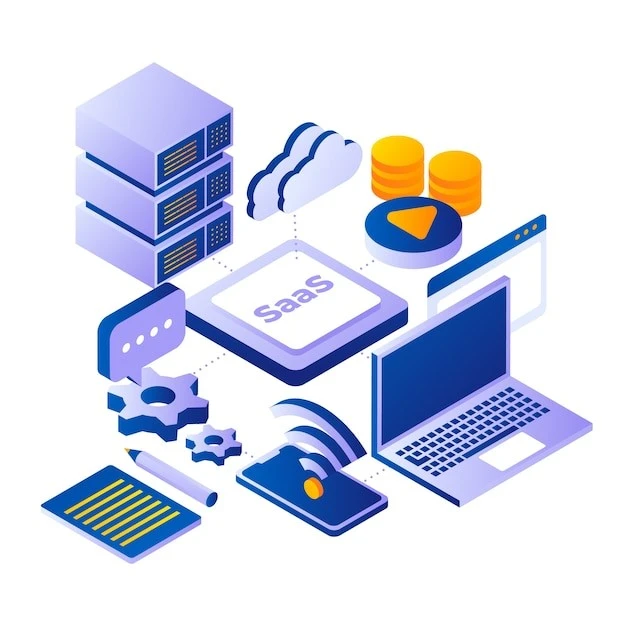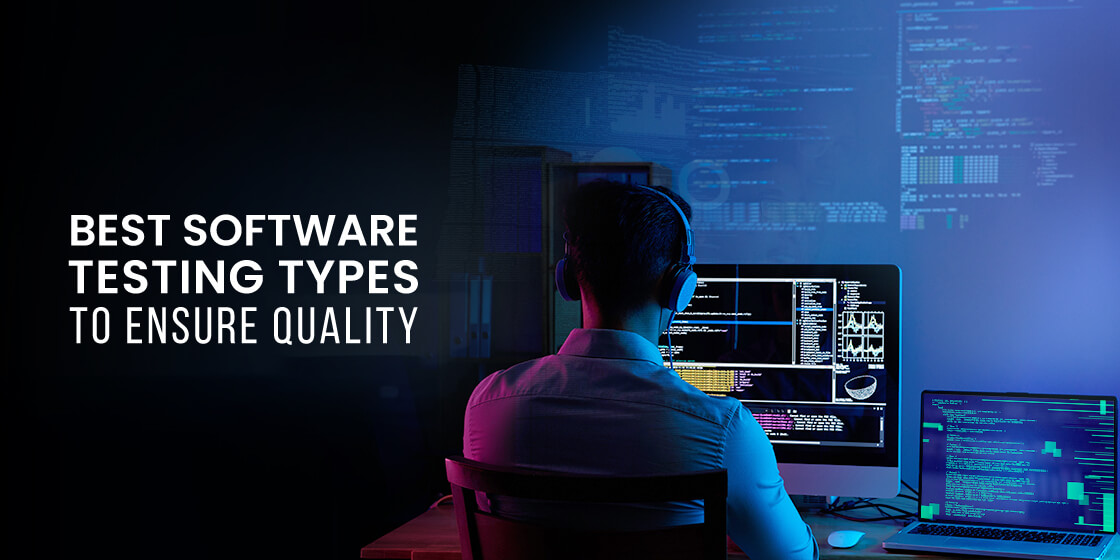Table of Content
Discover the Differences Between ASP vs. SaaS Software Delivery Models
The landscape of software delivery has undergone a dramatic transformation in recent decades, driven by advancements in internet technology and evolving business needs. Traditional on-premises software installations have given way to more flexible and scalable models, such as Application Service Providers (ASPs) and Software as a Service (SaaS).
These models represent distinct approaches to software distribution and access, each with its own set of advantages and disadvantages. In 2025, as businesses increasingly rely on cloud-based solutions, understanding the nuances of ASP vs SaaS is crucial for making informed decisions about software deployment.
The shift towards cloud computing has fundamentally altered how businesses consume software. ASPs and SaaS platforms offer alternatives to the traditional model of purchasing and installing software on local servers. While both models involve delivering software over the internet, they differ in their underlying architecture, deployment strategies, and business models. The choice between ASP and SaaS depends on factors such as the complexity of the software, the level of customization required, and the desired level of control.
This article provides a comprehensive comparison of ASP and SaaS, examining their core characteristics, advantages, and disadvantages. We will explore the factors that influence the decision-making process, providing insights into when custom software development services choose one model over the other. By understanding the evolution of software delivery models, businesses can make strategic choices that align with their operational needs and drive long-term growth.
ASP Model Explained

The Application Service Provider (ASP) model involves a third-party provider hosting and managing software applications for customers over a network, typically the internet. In this model, the ASP is responsible for the infrastructure, maintenance, and support of the software, allowing businesses to access applications without the need for local installations.
Centralized Hosting: ASPs host applications on their own servers, eliminating the need for businesses to invest in and maintain their own hardware and software infrastructure. This centralized hosting model allows for economies of scale and reduces the burden on internal IT teams.
Customization and Integration: ASPs often offer a degree of customization, allowing businesses to tailor the software to their specific needs. They may also provide integration with existing business systems, ensuring seamless data flow and workflow efficiency.
Fuel innovation by leveraging bespoke software solutions. Get in touch with our team of experts to build cutting-edge software products.
Get a QuoteDedicated Instances: In the ASP model, businesses typically have dedicated instances of the software, providing a higher level of security and control. However, this also means that they are responsible for managing and maintaining these instances.
Legacy Applications: ASPs are often used to deliver legacy applications that may not be easily migrated to a SaaS environment. This allows businesses to extend the lifespan of their existing software investments.
The ASP model provides a valuable solution for businesses that require specialized applications or need to maintain a high degree of control over their software environment. However, it can also be more expensive and less scalable than SaaS, particularly for rapidly growing businesses.
What is SaaS Model?

Software as a Service (SaaS) is a cloud-based software delivery model in which applications are hosted by a third-party provider and made available to customers over the internet on a subscription basis. SaaS applications are typically multi-tenant, meaning that multiple customers share the same infrastructure and application code.
Multi-Tenancy: The multi-tenant architecture of SaaS allows for significant cost savings and scalability. Providers can efficiently manage resources and deploy updates to all customers simultaneously.
Subscription-Based Model: SaaS applications are typically offered on a subscription basis, providing businesses with predictable costs and eliminating the need for upfront investments in software licenses.
Automatic Updates: SaaS providers handle all software updates and maintenance, ensuring that customers always have access to the latest features and security patches.
Accessibility: SaaS applications can be accessed from any device with an internet connection, providing users with flexibility and mobility.
Scalability: SaaS platforms are highly scalable, allowing businesses to easily adjust their usage based on their needs. Plus, with better overall security in SaaS, it’s the more popular option.
The SaaS model has become increasingly popular due to its flexibility, affordability, and ease of use. It is particularly well-suited for businesses that require scalable and readily accessible applications.
ASP vs SaaS – A Comprehensive Comparison of the Two Models

Understanding the key differences between ASP and SaaS is essential for making informed decisions:
Architecture: ASPs typically offer dedicated instances of software, while SaaS applications are multi-tenant.
Customization: ASPs often allow for greater customization than SaaS, which typically provides limited customization options.
Scalability: SaaS platforms are generally more scalable than ASPs, allowing for easy adjustments to usage, especially when we consider micro-SaaS.
Cost: SaaS is often more cost-effective than ASP, particularly for smaller businesses and startups.
Control: ASPs provide a higher level of control over the software environment, while SaaS providers manage the infrastructure and application.
Updates: SaaS providers handle all software updates, while ASPs may require manual updates or scheduled maintenance.
Deployment: ASPs require more setup and configuration than SaaS, which is typically ready to use out of the box.
Why Do Professional Development Teams Need Robust Software Delivery Models?

Robust software delivery models are essential for professional development teams due to:
Faster Time to Market: Effective delivery models streamline the development process, enabling teams to release software updates and new features more quickly.
Improved Quality: Robust delivery models incorporate testing and quality assurance processes, ensuring that software is reliable and performs as expected.
Enhanced Collaboration: Effective delivery models facilitate collaboration between development, operations, and other stakeholders, improving communication and teamwork.
Increased Efficiency: Robust delivery models automate tasks and streamline workflows, reducing manual effort and improving efficiency.
Reduced Costs: Efficient delivery models minimize waste and optimize resource utilization, reducing development and maintenance costs.
Scalability and Flexibility: Robust delivery models allow teams to adapt to changing requirements and scale their operations as needed.
ASP vs SaaS – Why Should a Business Choose One Over the Other?

The choice between ASP and SaaS depends on the specific needs of the business:
Choose ASP When:
You require a high degree of customization.
You need to integrate with legacy systems.
You have specific security or compliance requirements.
You need dedicated instances of the software.
Choose SaaS When:
You need a cost-effective solution.
You require scalability and flexibility.
You want to avoid the burden of managing infrastructure.
You need easy access to the latest features and updates, one of the most popular SaaS trends today.
You want to have a quick setup and deployment.
Conclusion
The choice between ASP vs SaaS is a strategic decision that can significantly impact a business’s operations and costs. By understanding the core characteristics, advantages, and disadvantages of each model, businesses can make informed choices that align with their specific needs and objectives. In 2025, as cloud computing continues to evolve, both ASP and SaaS will play important roles in the software delivery landscape. The key is to carefully evaluate your requirements and choose the model that best supports your business goals.
Empower your digital initiatives with BariTechSol, a premier custom software development company. Our skilled team tailors cutting-edge solutions to your unique needs. Elevate your tech experience and stay ahead in the digital realm. Partner with BaritechSol and code the success of your next big idea.


